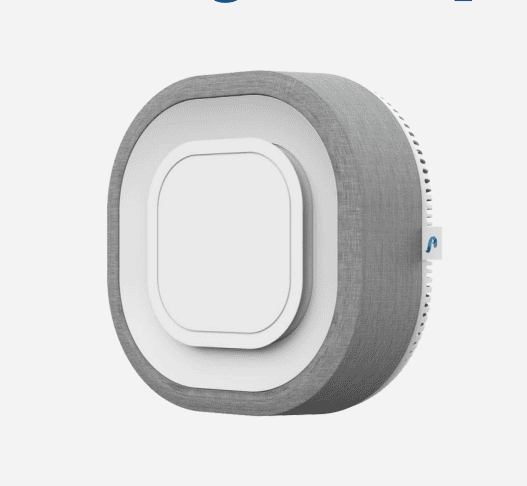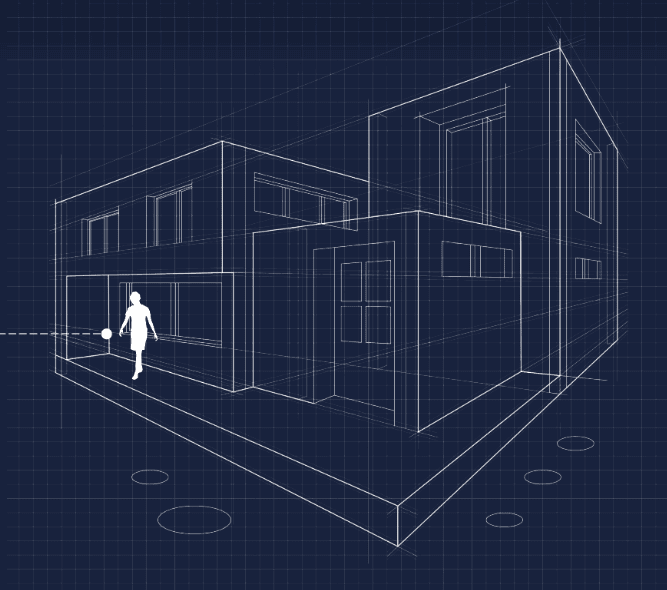Device that passively reduces damp and humidity in buildings

Problem Addressed
Invasive groundwater, also known as rising damp, is one of the most common problems threatening the integrity and wellbeing of buildings – of any type, in any location. This can accelerate deterioration and increase maintenance costs. The problems caused by this issue include structural damage, health hazards and costly repairs. How can we combat rising damp and humidity in buildings using renewable energy to reduce the health hazards caused by tanking chemicals and mould/fungi?
Case Study
DriWay devices were installed at Wentworth House, a Grade I listed country house in Rotherham, South Yorkshire (built in 1725-1770). It has more than 300 rooms, with 250,000 square feet of floorspace. It suffers from extensive damp which has resulted in bubbling paintwork and dry rot in the cellars. The DriWay devices have decreased inner wall moisture by 21%, drying out the paintwork and in the tea room and other spaces it is killing off the dry rot in the cellars, that is turning brown and dying back.
Facts and Figures
This page presents data, evidence, and solutions that are provided by our partners and members and should therefore not be attributed to UKGBC. While we showcase these solutions for inspiration, to build consensus, and create momentum for climate action, UKGBC does not offer commercial endorsement of individual solutions. If you would like to quote something from this page, or more information, please contact our Communications team at media@ukgbc.org.
Related
All in one air filtration, disinfection and monitoring

Smart Indoor Management System

Ventilation management system

Software tool to analyse building operations

